Colombia: Tendiendo puentes entre políticas sociales y de inclusión productiva

En este documento se presenta un resumen de
los resultados de la evaluación de sinergias y complementariedades entre la estrategia unidos y el programa familias en su tierra (fest), producto de una evaluación de impacto cuantitativa y cualitativa, así como de un análisis institucional. El documento describe los programas analizados junto con la teoría del cambio que sustenta la articulación y efectos complementarios entre ambas intervenciones.
Además, se presentan los principales resultados de la evaluación de impacto y del análisis institucional, los que sustentan la propuesta de estrategia de atención
articulada que se propone. Al final del documento, se encuentra una ficha técnica que detalla los aspectos metodológicos del estudio.
Colombia: Building bridges between social and productive inclusion policies

This document presents a summary of the results of the evaluation of synergies and complementarities between the familias en su tierra (fest) programme and the estrategia, as a result of a quantitative and qualitative impact evaluation, along with an institutional analysis. The document describes the analysed programmes together with the theory
México: Tendiendo puentes entre políticas sociales y de inclusión productiva
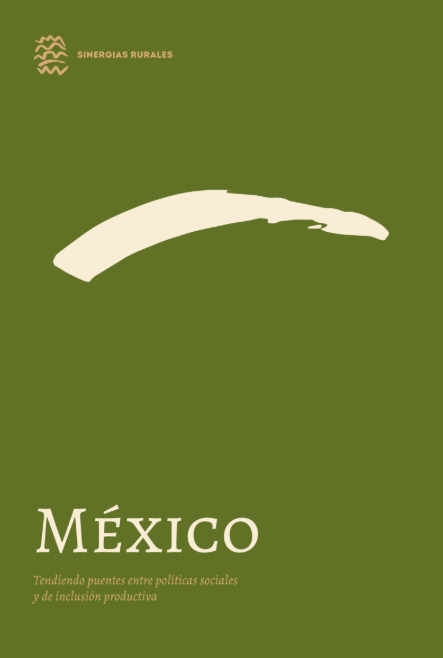
A continuación, se presenta un resumen del análisis institucional del programa de inclusión productiva rural (proinpro), que estuvo orientado a analizar los mecanismos institucionales que determinaron la efectividad y restricciones de la articulación entre este programa y las dependencias a cargo de los
programas de fomento productivo con que éste debía coordinarse. Para esto se analiza proinpro tanto en
su articulación con prospera – programa de inclusión
social, como con la oferta de programas de fomento productivo (pfp) existentes en distintas secretarías del ejecutivo federal.
El documento describe los programas involucrados y presenta los principales resultados del análisis institucional, lo que sustenta las recomendaciones
que se realizan.
Mexico: Building bridges between social and productive inclusion policies
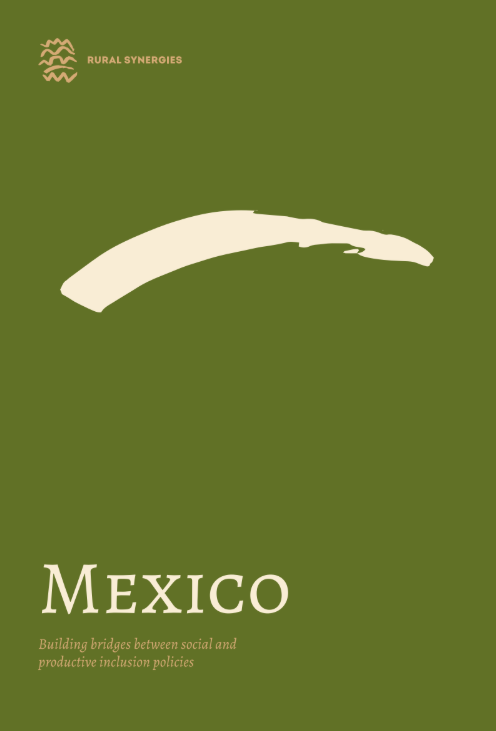
In the following a summary is presented of the institutional analysis of the proyecto de inclusión productiva rural (proinpro), aimed at analysing the institutional mechanisms that determined the effectiveness and restrictions of the coordination between this programme and the government
bodies in charge of the development programmes with which it must coordinate. For this purpose,
proinpro is analysed both in its coordination with the prospera – programa de inclusión social, and with the provision of productive development programmes (pdps) that exist in different ministries at the federal executive level. The document describes the programmes involved and presents the main results of the institutional analysis, which supports the recommendations that have been made.
Resumen del Proyecto: Tendiendo puentes entre políticas sociales y de inclusión productiva
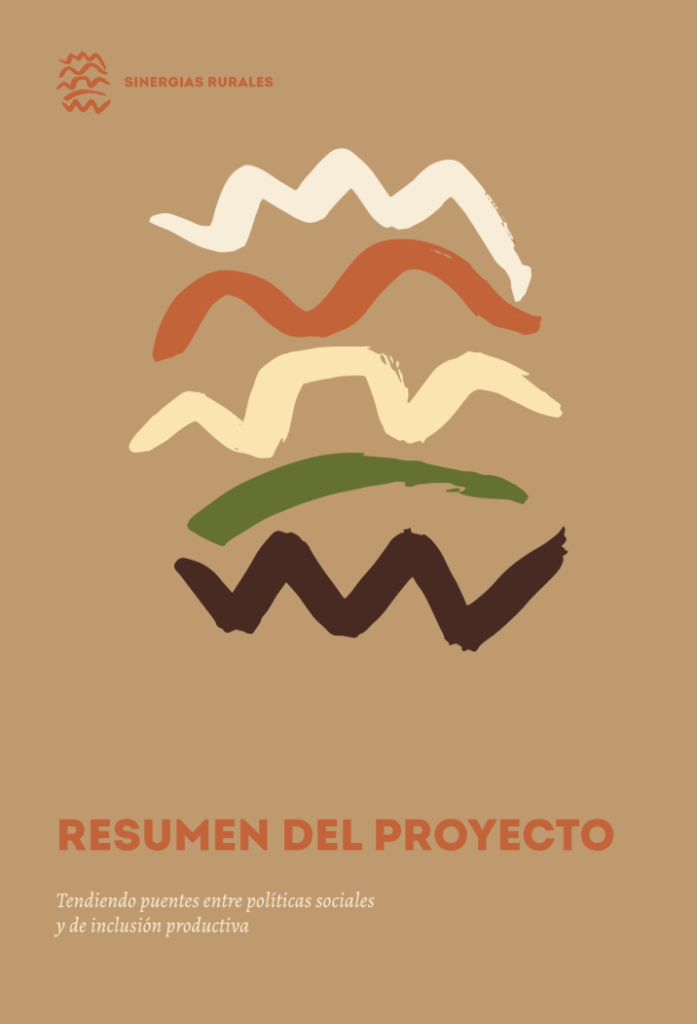
“Mejorando la articulación entre intervenciones de protección social y desarrollo productivo rural en países en desarrollo: lecciones de América Latina y África”
Project Summary: Building bridges between social and productive inclusion policies
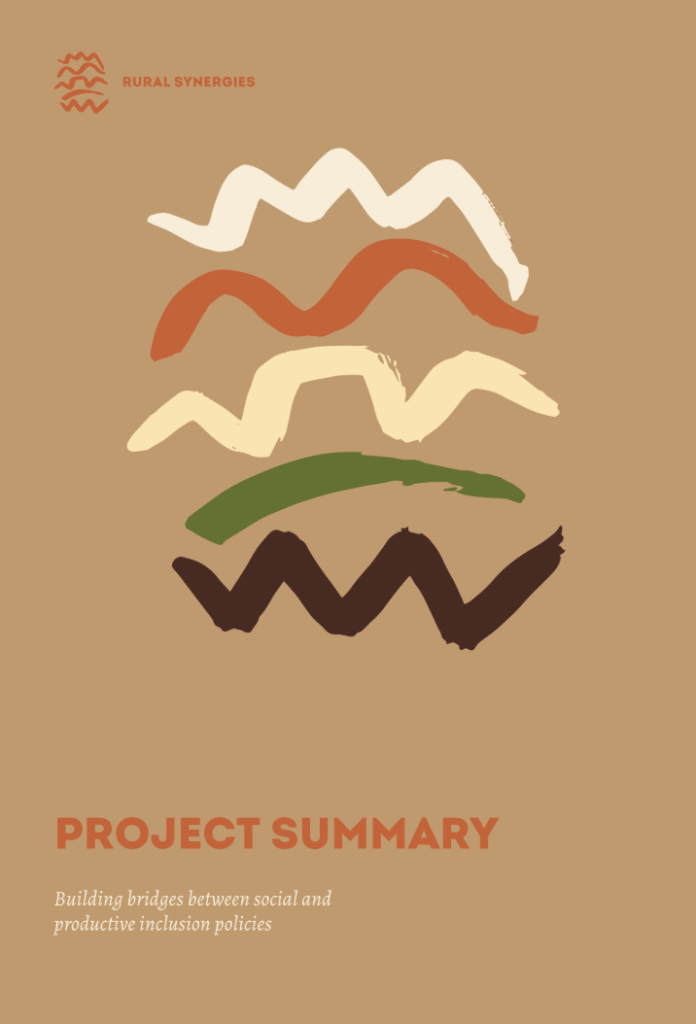
“Improving coordination between social protection and rural productive development programmes in developing
countries: Lessons from Latin America and Africa”
General Results: Building bridges between social and productive inclusion policies
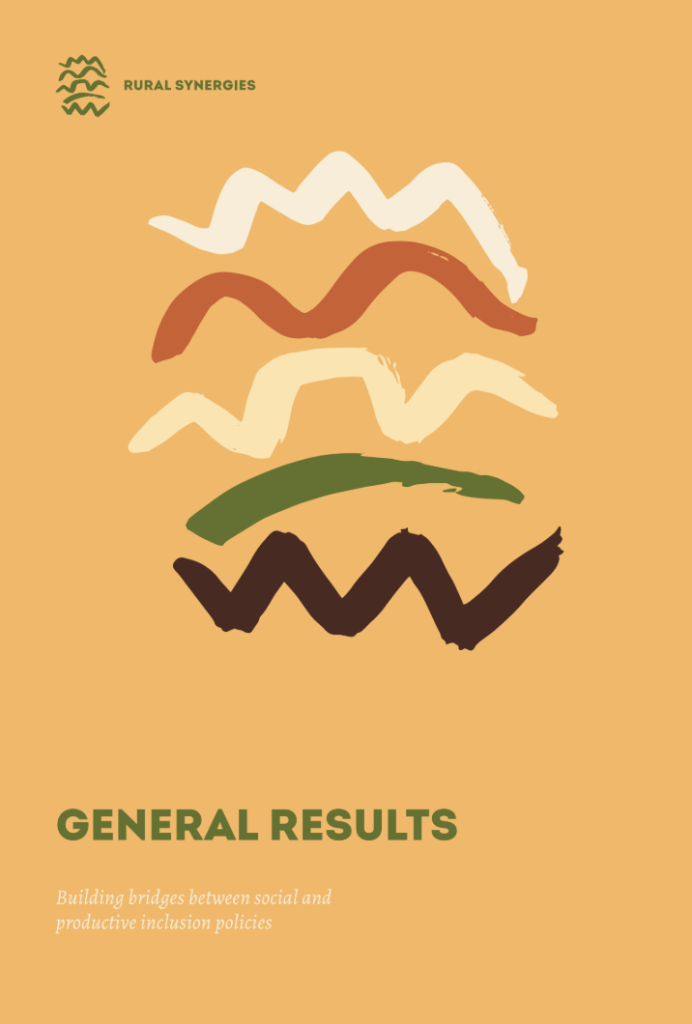
Synergies between social protection and rural productive development programmes. Results and recommendations of the experience of Latin America and Africa
Resultados generales: Tendiendo puentes entre políticas sociales y de inclusión productiva
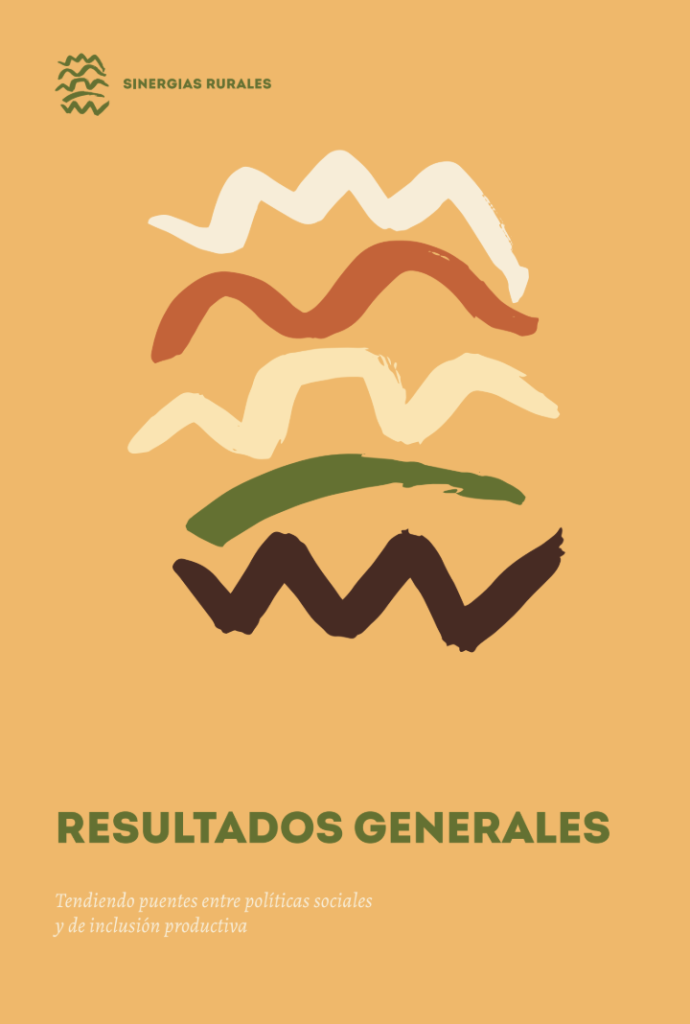
Sinergias entre programas de protección social y desarrollo productivo rural. Resultados y recomendaciones de la
experiencia de América Latina y África
Africa: Building bridges between social and productive inclusion policies
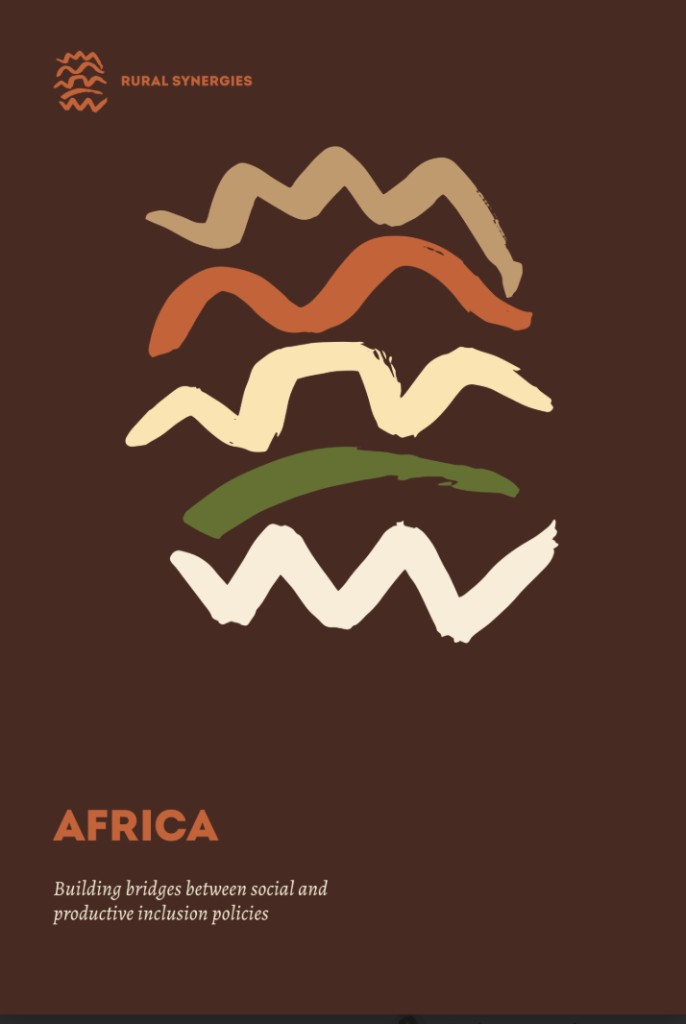
Strengthening coherence between social
protection and productive interventions in
four African countries
América Latina: Tendiendo puentes entre políticas sociales y de inclusión productiva
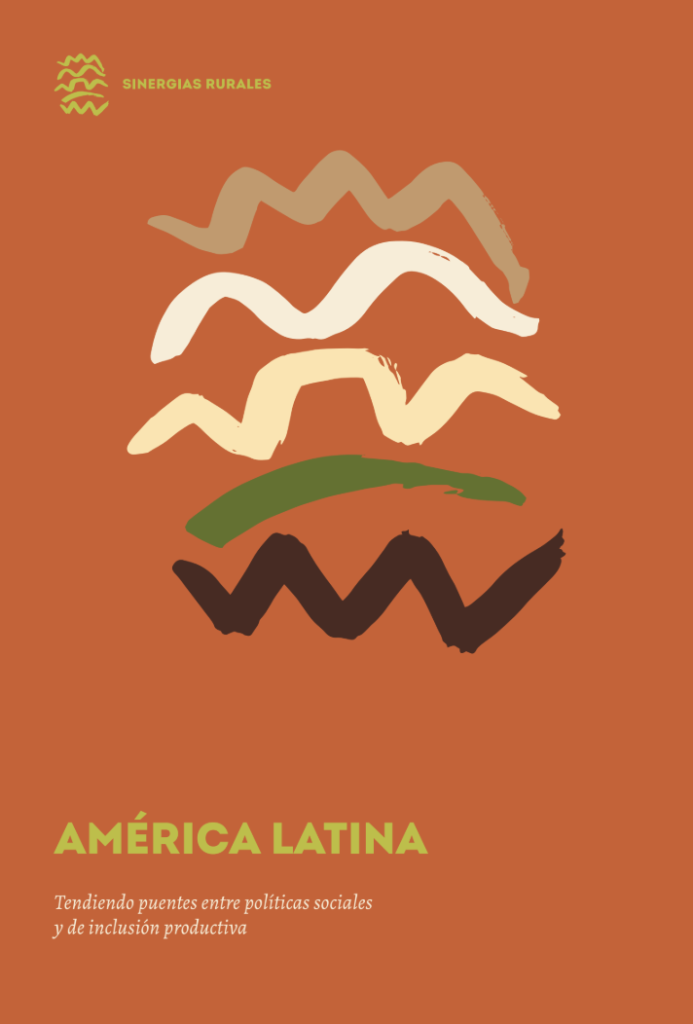
Articulación entre programas de protección social y desarrollo productivo rural en tres países de América Latina.
Propuestas para aprovechar el potencial de las sinergias